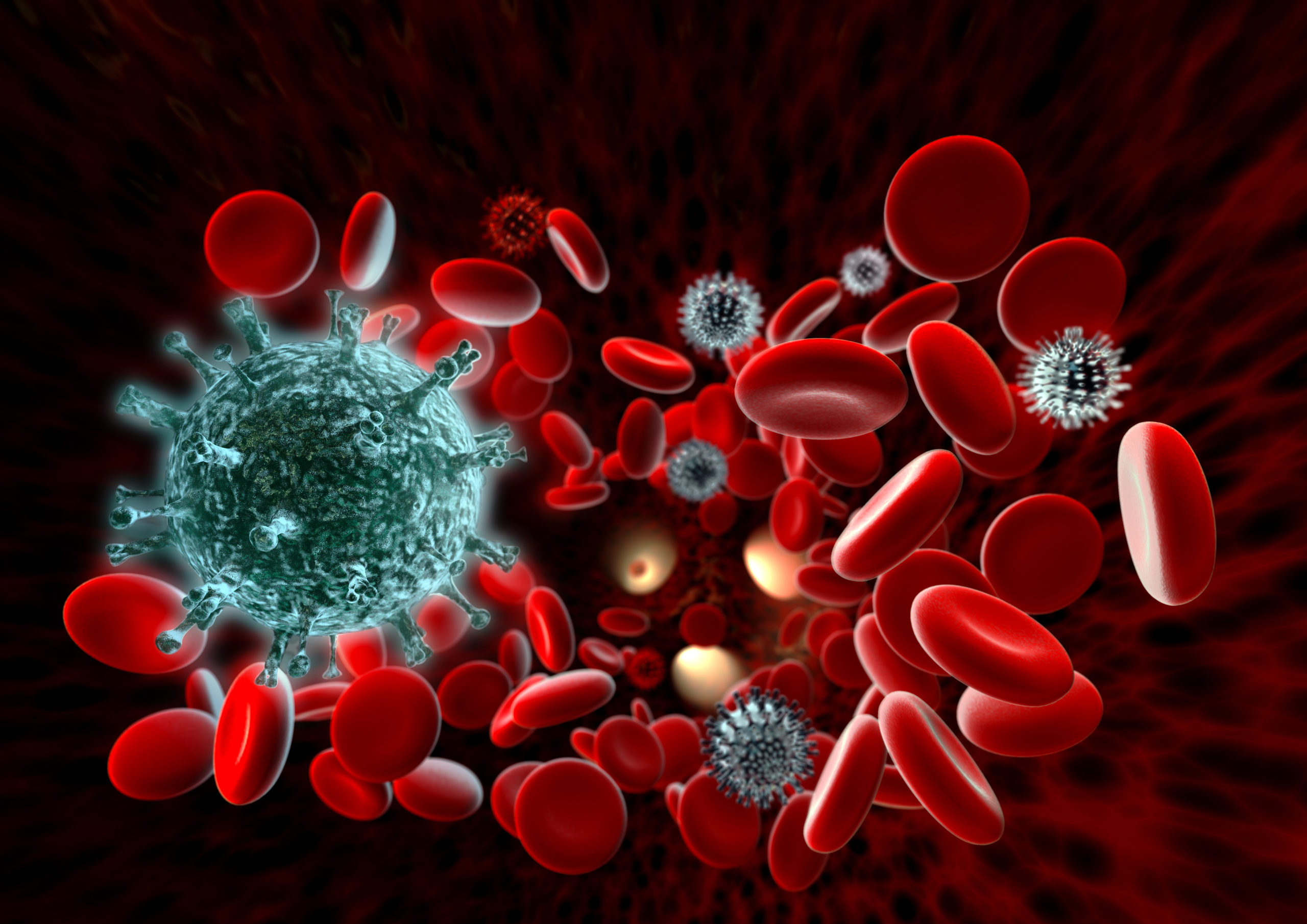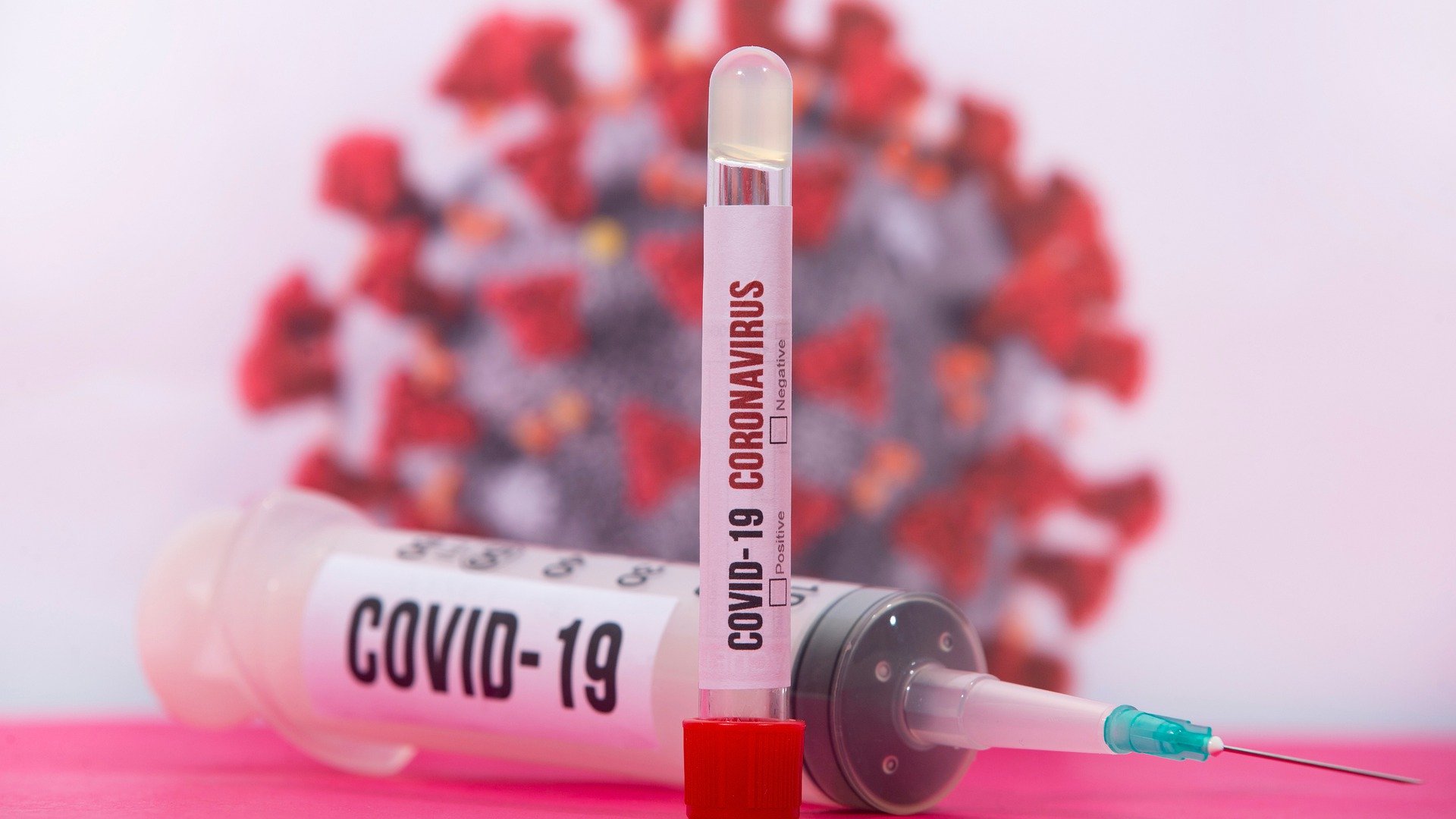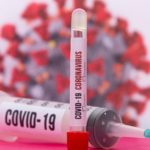Second, we have a lot of unknowns.
- Is this pandemic going to continue and resurge every season or year?
- Is there a danger of this becoming endemic in certain parts of the world like Malaria?
- What are the drivers of this pandemic other than population density and mobility? How effective are measures of mere social distancing and lockdowns?
- Does the COVID virus have the potential to mutate?
- Will we have an effective vaccine for COVID?
- Are treatment therapies for the acute illness of COVID able to save lives and limit morbidities like neurological or pulmonary complications?
- Learn from Asia and Europe as they are ahead in timelines of the initial epidemic and second waves. Gather epidemiological data and apply this to scientific models of predictions.
- Initial case tracking, preventive measures for isolations and self quarantines, as well as sick care at hospital settings based on technology, data, and scientific application thereof.
- Establish guidelines on herd immunity and future vaccine-based immunity. CDC guidance based on FDA approved serological testings and clinical trial data as they emerge.
- Establish public measures on social distancing based on immunity status, subgroups of immune vs. vulnerable vs. high-risk individuals. Population density and mobility are key drivers and will guide how facilities and events will occur in the new world order.
- Establish trusted registries of citizens who are immune via natural way or vaccination. Consider immunity passports via technology that is readily available and trustworthy.
- Public health guidance as to the new designs and architecture of places with high population density for living, travel, and gatherings. Do we provide safe or immune zones vs unknown/high-risk individuals zones? Do staff serving those sites need immunity status? Will the new building plans or renovations follow airlines and airports with separate lines and zones for terrorism threat like the movement of people.
- Hotels, office buildings, closed spaces like churches, etc. will need to be redesigned or renovated for social distancing needs. Consideration of new airflow engineerings like industrial-grade filters or negative pressure areas like a hospital isolation room or operating theater may be the future.




